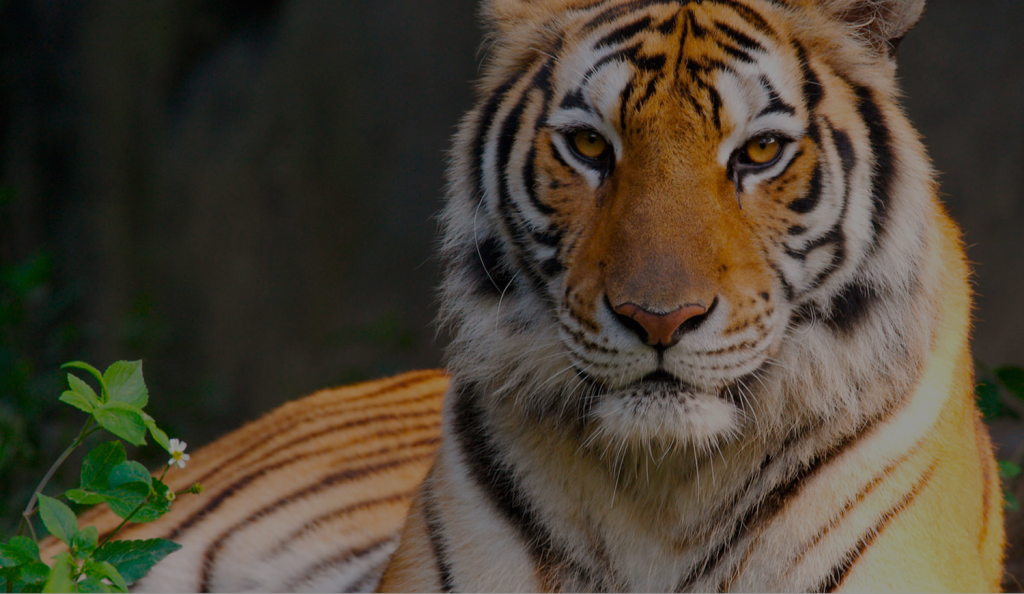Wildlife Tourism in Central India
In worldwide tourism map, Indian Wildlife tourism has its own place. India is a vast country with natural heritage spread in its national parks, tiger reserves, reserve and protected forests as well as areas not so well protected. Be it tiger safari, bird watching, jungle walks, India has all on offer. It is most famous for Tiger tourism with more than 60 Tiger reserves spread over the length and breadth of the country. Tourists, photographers and wildlife enthusiasts from all over the world visit India to spot free roaming tigers and other wild animals in their home – forests.

Kanha, Bandhavgarh, Pench, Panna and Satpura national parks and tiger reserves in Madhya Pradesh are most frequented by tourists due to its top management and good tourism infrastructure. Along with Tigers these forests are also famous for birding and spotting other animals, butterflies, insects and host of flora and fauna.
Kanha national park:
Kanha forests are famous for Tiger and Hard ground Barasingha – the twelve tinned swamp deer. Famous as the most well manadged national park of India – Kanha has on offer 22 species of mammals, 259 birds, 117 butterflies along with other flora and fauna. Its Sal and Bamboo forests and meadows spread over 940 Sq Km of core area are famous amongst wildlife lovers all over the world.
Bandhavgarh national park:
Bandhavgarh also known as the white tiger country is one of the best tiger reserves of India to spot the majestic cat – Tiger, as it has the highest density of tigers in the wild. Visited by general tourists, wildlife buffs and photographers from all over the world it was created due to insistence of Maharaja Martand Singh ji of Rewa royalty. Bandhavgarh gets its name from fort of Bandhav which is situated within the park boundaries and is known to have history of more than 5000 years within it. Spread over 105 Sq. Kms. its topography varies between steep ridges, undulating forest and open meadows. With 22 species of mammals and 250 species of birds, Bandhavgarh tiger reserve is best known for its Tigers and biodiversity.
Pench national park:
Spread over 299 Sq. Kms. of with dense dry deciduous forest Pench Tiger reserve is located towards the southern edge of Madhya Pradesh bordering Maharashtra. Situated around River Pench with predominantly Teak forest it is known to have 39 species of mammals, 13 species of reptiles, 210 species of birds and many other small and big living beings. Flora of Pench national park comprises of 1200 flowering species of trees, shrubs and bushes. Its proximity to Nagpur and Jabalpur towns has given a good boost to its tourism and helped it in well-developed tourism infrastructure.
Panna national park:
Panna is famous for diamonds and for the wrong reason of once losing all the wild Tigers to poaching. Today it has bounced back to tiger conservation and tourism map due to hard work and dedication of field staff of this outstanding tiger reserve and sacrifice of local people. Ken River, famous as the cleanest river in India, home to Indian Ghariyal flows through the forest. With 543 Sq. Kms of core area Panna attracts lots of bird (around 240 known species) and has 19 known species of mammals including otters. It is one of the last breeding ground for vultures in central India and yearly vulture estimation is attended by many birding aficionados from world over.
Satpura national park
One of the leading tiger reserves of central India, Satpura national park covers an area of 1427 Sq. Kms. including Bori wildlife sanctuary and buffer zone and is known as a biodiversity hotspot. Pachmarhi – known as Queen of Hill stations falls under this forest zone. Its flora and fauna is second to none with 1300+ species of flowering species, 29 mammals, 190 butterflies, and host of other living beings. Satpura has one of the best biodiversity of all tiger reserves in Madhya Pradesh but is least visitied by tourists due to its dense vegetation and lack of tiger spotting.
Madhya Pradesh has many other sites of tourism interests including bird sanctuaries, reserve forests and national parks with most of them having basic accommodation being provided by the forest department. So, planning to visit the Heart of Incredible India, do plan well to enjoy its natural heritage.

